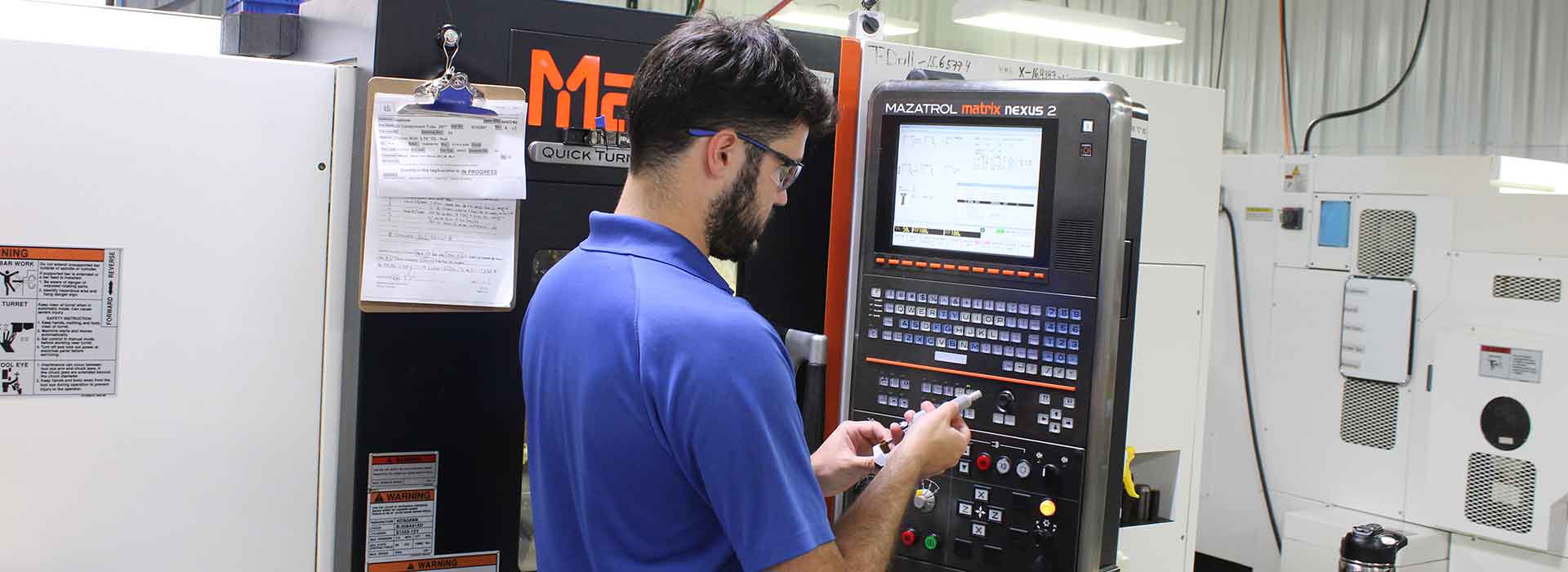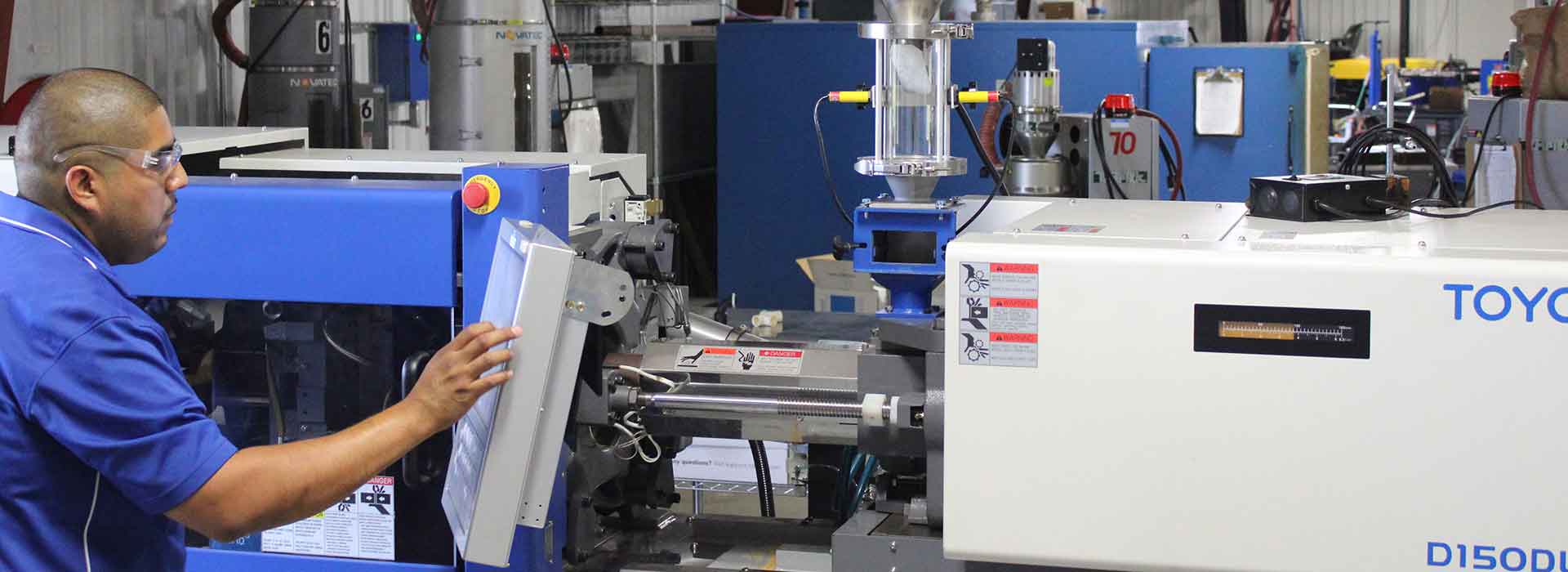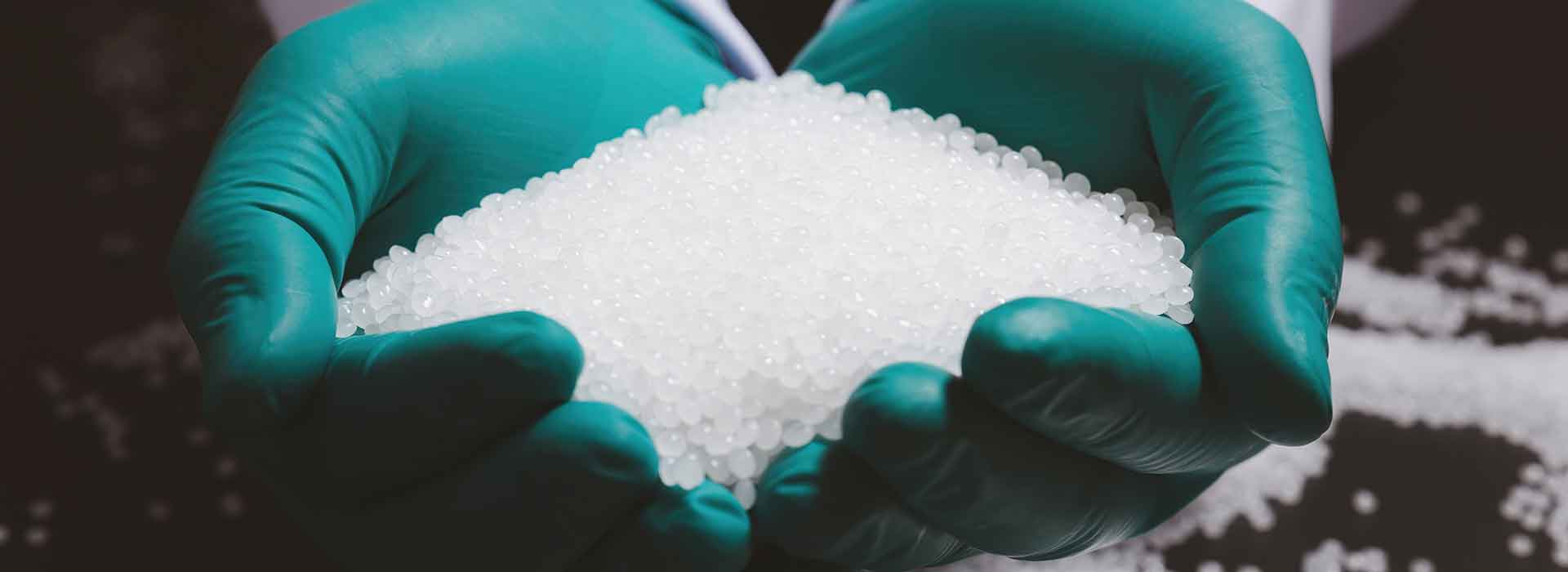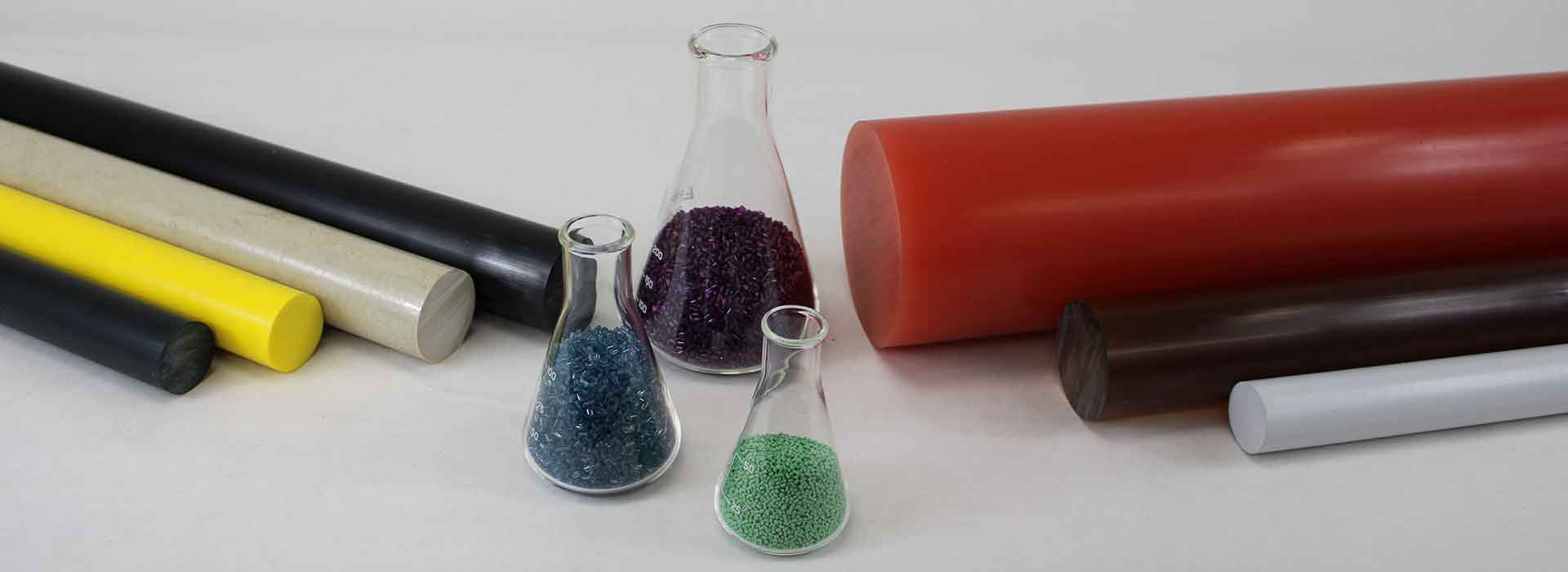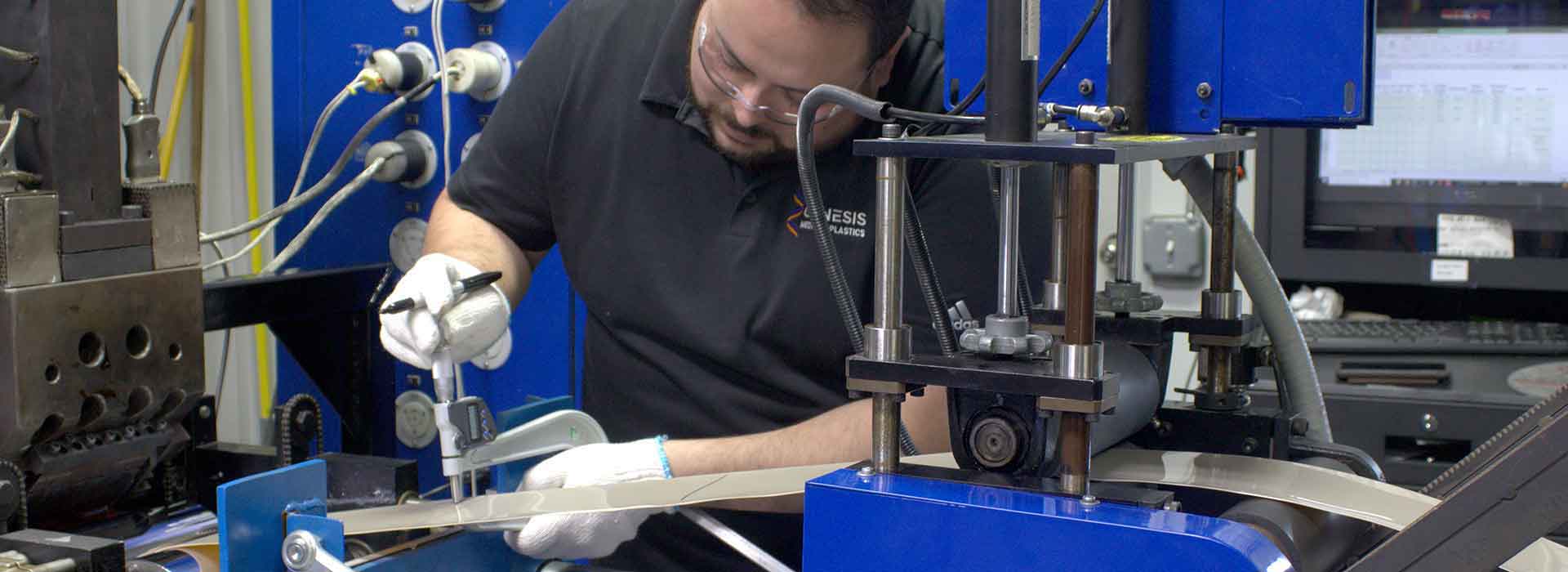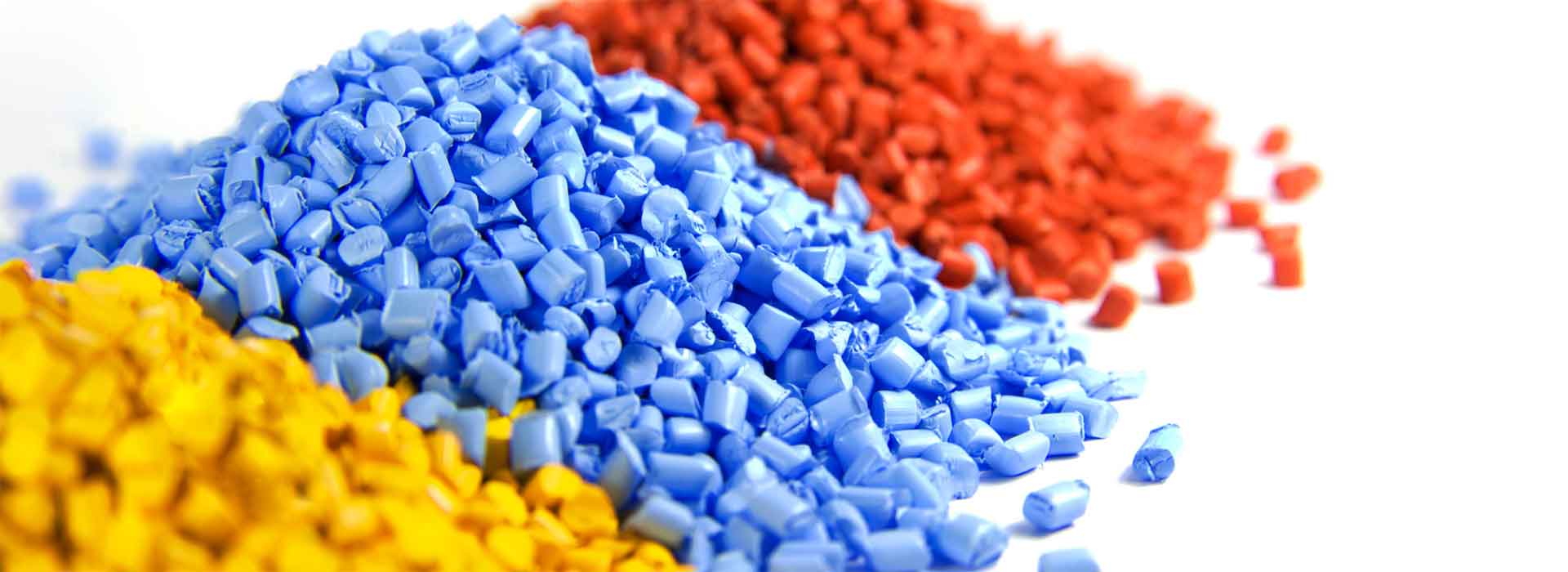What’s involved in the polymer conversion process?
There are more than a few ways to convert polymers, and each method requires extensive expertise to handle efficiently and reliably. This is particularly true when the plastics are intended for medical use, as medical applications demand a comprehensive range of component shapes, sizes, tolerances and properties. Further, efficient conversion is only possible if the component processor has a complete picture of their client’s component needs. Optimal conversion involves responsive and open communication, prototyping, proper method selection and attaining commercial production volumes.
From the outset, there are significant advantages to selecting a firm with a deep reservoir of conversion experience. High-performance polymers can be challenging to work with, especially if those polymers are to be augmented with high filler levels. If a client requires a custom polymer grade with several additives, only a veteran polymer processor will understand how to best utilize that grade, and how to preserve its properties once processed. An experienced polymer processor will have a natural grasp of how the component will work following production and can provide advanced processing skills, like selectively orienting fibers.
There is a lot involved in high-performance polymer conversions, but the primary decision is what process to use to meet the client’s component or shape requirements.
Injection molding, extrusion or machining?
It’s rare for a polymer conversion firm to offer a full range of conversion options, given the technology and expertise requirements. However, it is advantageous to locate such a firm, because they will be able to offer the optimal conversion approach. In the world of high-performance polymers, this means injection molding, machining, or extrusion. What are the advantages and challenges associated with each method?
- Injection molding – Injection molding involves a mold that is made from steel (which allows for tighter component tolerances, compared to aluminum) and is precisely designed to match the component’s size and shape. During injection molding, polymer pellets are fed into a screw or ram plunger and are melted by heating and frictional sheer, and then injected into the mold. The dynamics involved are impressive, but the process itself is extremely quick. Depending on the component’s design, a single cycle typically will only last between 20 seconds to a couple minutes. The advantages are obvious. With rapid production cycles, it’s possible to generate huge component volumes much faster than with other methods. Some polymer processors enhance their production processes with automation software, and while this will not replace the expertise of a knowledgeable technician, it can improve production speed even further. Injection molding can also accommodate some highly complex component designs, and to an impressive degree of uniformity. Both are essential for medical component fabrication, where highly-precise tolerances and intricate component designs reign. There are only a couple of challenges associated with injection molding. For one, deformation has to be guarded against, as injected materials could be subject to shrinkage and high internal component stresses if this is not accounted for. Fortunately, this is something experienced polymer converters can handle. Another issue is cost-effectiveness. While injection molding is optimal for large production runs, it is less economical during smaller production runs. If smaller component batches are needed, machining from stock shapes may be the better option.
- Extrusion – During extrusion, the polymer is heated similarly to injection molding and formed into a continuous shape. This is achieved by forcing the heated polymer through a die, by exerting pressure on the polymer and forming it into the desired shape. Extrusion can be used to create a variety of products, including shapes that can be further machined. Given the processes involved, extrusion is somewhat limited in what it can produce, as length and cross sections are the only dimensions that can be controlled. However, extrusion creates extremely uniform shapes, so it is essential in generating stock for precise machining. And because production is continuous, extrusion is one of the most cost-effective forms of polymer conversion available. If a client requires a custom shape to machine from, extrusion may keep production costs down if it is compatible with the shape’s design.
- Machining – This is the primary alternative to injection molding and fills the gaps that injection molding can’t handle on its own. Advanced machining methods, such as CNC tooling, are capable of ultra-precise component tolerances while preserving the surface finish. Where injection molding makes the most sense for larger production campaigns, machining is more cost-effective for production runs on the smaller side. A good rule of thumb is this – if fewer than 5,000 components are needed, machining will likely represent the most economical option. Machining takes more time than injection molding, but when factoring in costs for mold design and construction, machining makes up ground, again, as long as production runs are small. Extremely complex component designs can also lead to very expensive injection molding tooling or molds. Machining advantages include allowing for excellent design flexibility, as designs can be modified without having to rework a mold. Machined components usually offer tighter tolerances and machining makes more sense for some component designs, such as those with long holes, crossing holes, or components with larger cross sections. These tend to be more difficult to injection mold. Of course, every polymer grade will react differently to machining, so the task should only be trusted to a polymer convertor that has experience working with a comprehensive array of polymer processing techniques.
Polymer conversion is the critical step in producing reliable, repeatable, and safe medical components. With so much riding on the process, it is critical that only an experienced, knowledgeable polymer converter be trusted with it.

